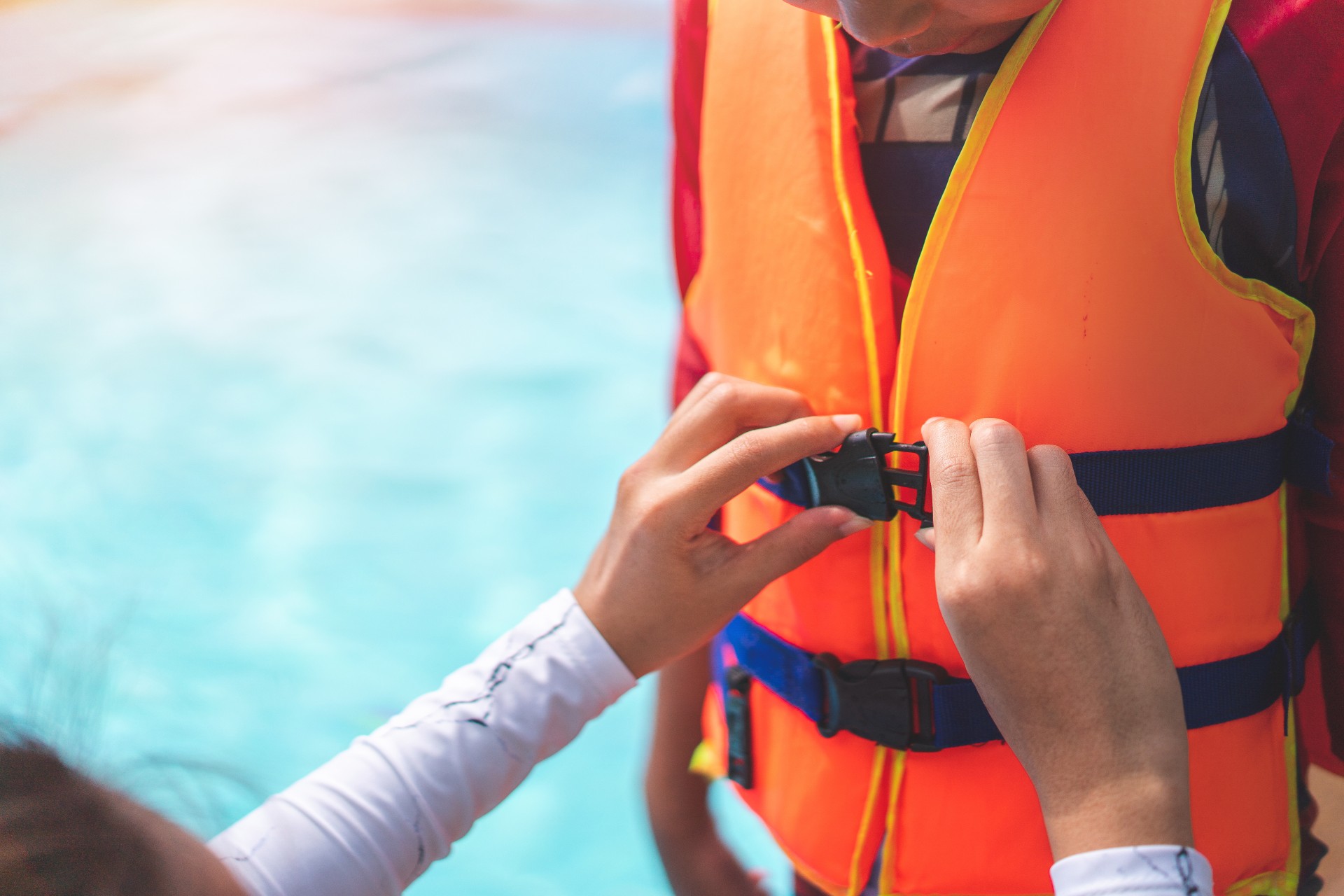As the impacts of the COVID-19 pandemic on aquatics continue to reveal themselves, we are beginning to see disturbing patterns.
While data gathered by the American Red Cross had pointed to gains around water competency swim skills for young adults, a recent report by Centers for Disease Control and Prevention (CDC) shows that previous success may have been disrupted due to complications stemming from the pandemic.
In the Red Cross survey, fielded in February 2020, 85% of Americans reported knowing how to swim, an increase from 80% in 2014. Further, there was an increase in Americans’ ability to perform necessary water competency swim skills nearly across the board in key demographic areas.
Red Cross considers the findings encouraging. “We were certainly excited to see the initial improvement from the Red Cross research and had hoped to begin digging more into effective safety behaviors,” says William Ramos, Ph.D., associate professor for Indiana State University’s School of Public Health, who also chairs the Aquatics Subcouncil of the Red Cross Scientific Advisory Council. “The pandemic, though, impacted most programs in a way we have never had to navigate.”
However, the CDC special report, which examined drowning rates for the full calendar year 2020, are concerning. The 2020 Red Cross data showed an increase in young adults (ages 25-34) learning how to swim, rising from 75% to 85% in six years. Yet full-year CDC data for a similar group of young adults (under 30) shows a significant year-over-year increase in drowning death rates. This occurred after CDC’s data had shown rates consistently decreasing – at an average of 1.8% per year from 2010 to 2019.
Also of interest is a CDC finding that shows natural water as the location with the largest increase in drowning.
Many aquatics professionals hypothesize that the pandemic created an environment where numerous people, particularly those at the start of their swimming journey, did not have safe access to the water. Additionally, most people learn to swim in a controlled water environment and may not have the competence to swim in natural waters more readily available to them.
On top of that, the pandemic has helped intensify a shortage of aquatics managers, certified lifeguards and swim instructors, increasing the challenge of helping keep swimmers safe.
“While CDC’s special report states that the pandemic’s direct impact on any reported increase is unclear, it’s one full year of data that challenges a previous trend,” Ramos says. “There’s no way to tell yet if it was simply a blip, but we would be wise to prepare for this to be a trend and determine how to best recover.”
Addressing staff shortages has become more critical than ever. The Red Cross Scientific Advisory Council recommends a multi-pronged strategy:
1. Aquatics managers should show flexibility with available staff and swimming space. As staffing levels and available space fluctuate, be sure to test zones, ensuring clear visibility and response times and avoiding single-guard situations. Above all, managers must strive to keep staff fresh and effective through a positive work environment with robust in-service skills exercises.
2. Facilities should consider new approaches for lifeguard recruitment, including tapping into non-traditional sources such as retirees and masters swimmers.
3. The aquatics community should demystify the swimming requirements around lifeguard certification. Anecdotal discussions with adults across the age spectrum find that potential lifeguards believe the swim skills needed for the role are far more exacting than those required. This is especially true for Gen Xers and Baby Boomers as well as those who have not have the benefit of years of formal swim lessons.
4. Young people may view lifeguarding as a short-term summer job and do not fully realize the distinct transferable skills associated with it. There is a need to raise awareness that lifeguarding teaches skills good for one’s future, be it in aquatics, medicine or the business community. As de facto leaders in their aquatic environment, lifeguards must learn and exhibit good communication skills. They must be able to intervene with people of all ages to stop risky behaviors, which can be challenging in situations with people who are much older than them.
5. Finally, hire properly trained and certified staff, including swim instructors, instructor aids and lifeguards.
“Now the challenge is to right the pandemic curve to improve access to drowning prevention programs and allow aquatic facilities to fully execute water safety strategies within their communities,” Ramos says.



